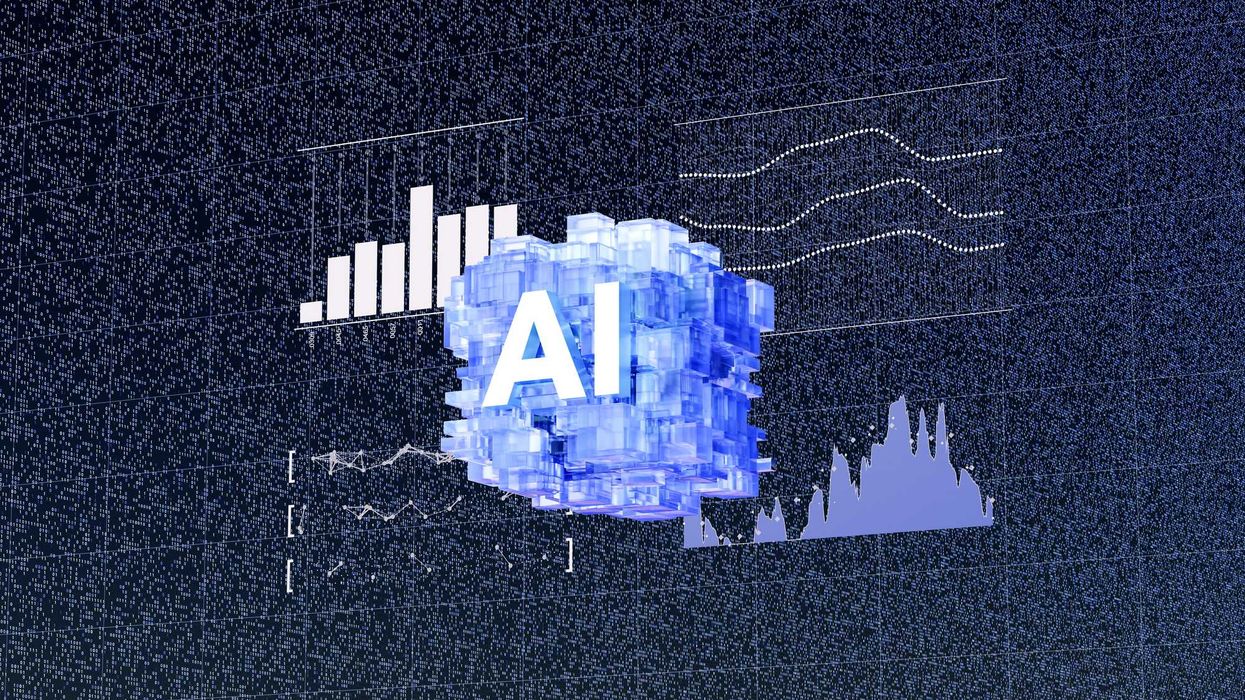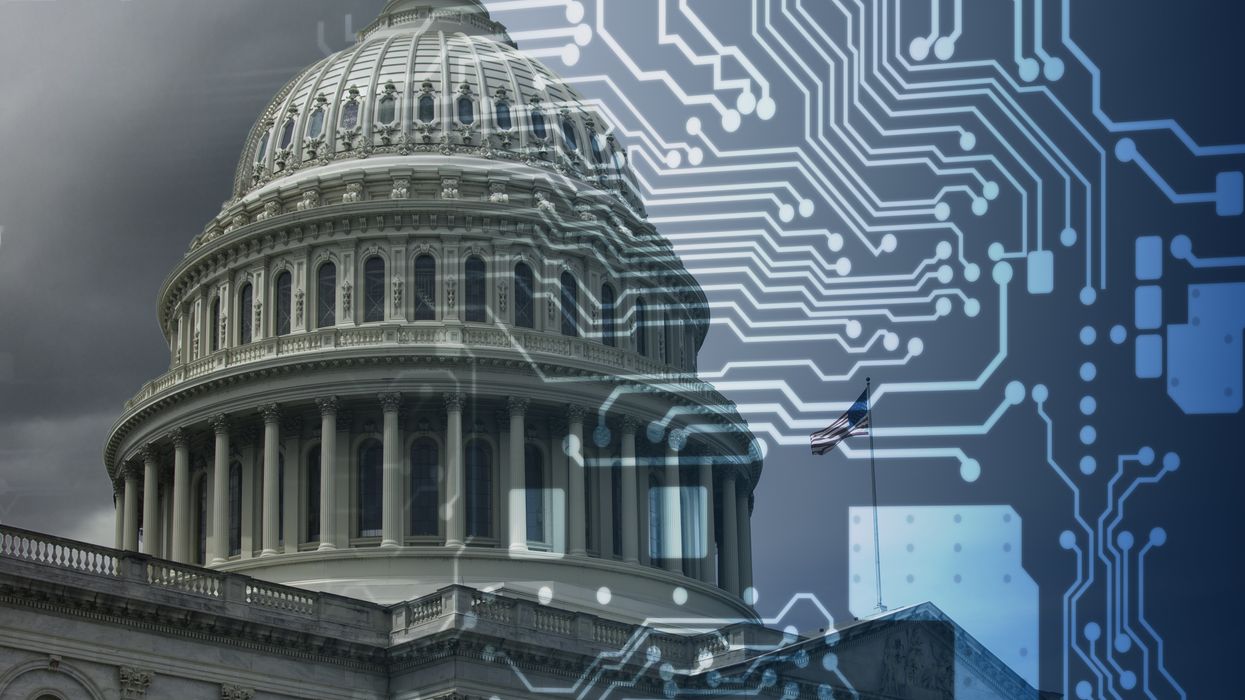Rampant calls to avoid sharing the video of Charlie Kirk’s death have been swift and emphatic across social media. “We need to keep our souls clean,” journalists plead. “Where are social media’s content moderators?” “How did we get so desensitized?” The moral outrage is palpable; the demands for human dignity urgent and clear.
But as a Black woman who has been forced to witness the constant virality of Black death, I must ask: where was this widespread anger for George Floyd? For Philando Castile? For Daunte Wright? For Tyre Nichols?
The contrast shows something deeply disturbing about how America processes death, trauma, and whose humanity deserves protection. When Charlie Kirk was killed, the immediate response centered on his humanity. He was a loving father, devoted husband, and tragic loss. His past controversial statements—comparing Islam’s Prophet Muhammad to Jeffrey Epstein, claiming white Americans were under attack—are now treated as off-limits during this time of mourning. When Black people are murdered, the questions arrive before any centering of personhood: What were they doing? Did they have a criminal record? Were they resisting arrest? Why didn’t they just comply?
Black victims get investigated posthumously, their past mistakes weaponized to justify their deaths before their bodies are cold. Trayvon Martin’s family had to prove he was a “good kid.” George Floyd’s criminal history became national news. The same publications now demanding privacy and respect for Kirk’s family had no problem consuming, sharing, and endlessly analyzing footage of Black people's final moments.
And why wouldn’t they? The economics of Black death are undeniable. A Pew Research Center study showed that “a large share of Americans (88%)—including about nine-in-ten each among White, Black, Republican and Democratic adults” have watched videos of Black death. Google trends shows that the murder of Black people is “amongst the most popular searches in Google’s history.” Images of Black people being killed by police often “garner over 2.4 million clicks in 24 hours, and the average ‘cost per click’ often reaches $6 per click,” making the virality of Black death not only incentivized but nearly guaranteed.
Many of the same voices now demanding “decency” around Kirk’s death were notably silent when Black death videos were being monetized and shared endlessly. The commodification shows a fundamental hierarchy of whose life has inherent value versus whose death serves a utilitarian purpose.
Watch how the media frames these deaths differently. Kirk was killed or assassinated—active language that centers the crime and demands justice. Black victims often “died during a police encounter” or “lost their lives in an incident”—passive language that obscures responsibility. Kirk’s killer is a shooter or assassin. Police who kill Black people are “officers involved in the incident.”
When white people die violently, their death is sacred, an untouchable tragedy demanding reverence and privacy. When Black people die violently, their deaths are educational content, evidence to be analyzed, footage to be replayed during panel discussions, and content to be dissected for lessons about American racism.
George Floyd’s death wasn’t treated as a private family tragedy deserving dignity. It became required viewing for America’s racial education. His final moments were played on loop, analyzed frame by frame, and transformed into memes and political statements. The same media outlets now calling for restraint around Kirk’s death video had no qualms about turning Floyd’s murder into content.
The family treatment differs drastically, too. Kirk’s family gets immediate protection from scrutiny. Their grief is respected, their privacy defended. Black families get thrust into the spotlight, forced to become activists and advocates while processing trauma. They must educate America about their loved one’s humanity while Kirk’s family gets to grieve privately.
Even the calls for justice follow different patterns. Kirk’s death demands swift action, comprehensive investigation, and retribution. Black deaths spark debates about “both sides,” calls for more information, and suggestions that we wait for all the facts. The urgency is different, the moral clarity conditional.
This hierarchy of death reflects America’s hierarchy of life. Some deaths are tragedies that unite us in grief. Others become teachable moments that divide us in debate. Some victims get privacy and dignity in death. Others get transformed into hashtags and causes.
The performative outrage around Kirk’s death video exposes this hypocrisy perfectly. Where was this moral clarity when Black death became America’s most consumed content?
Sanctity of death for Black victims would mean their final moments stay sacred, not viral. It would mean their families get privacy to grieve instead of becoming public educators about their loved one's humanity. It would mean their deaths inspire justice, not clicks. But that’s not where we are. America has denied Black victims these basic dignities while demanding them instantly for others.
This racial hierarchy of death is one of America’s most revealing double standards. And so, the question isn’t whether we should share videos of death—we shouldn’t. The question is why our answer changes depending on whose death we’re watching.
Stephanie Toliver is a Public Voices Fellow and a member of the OpEd Alumni Project sponsored by the University of Illinois.


















